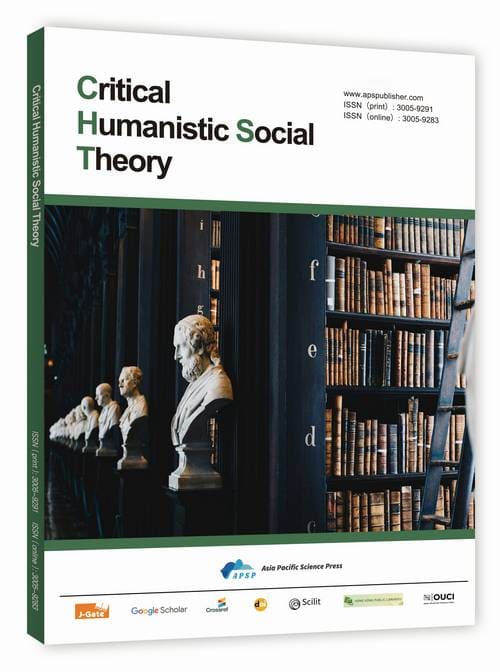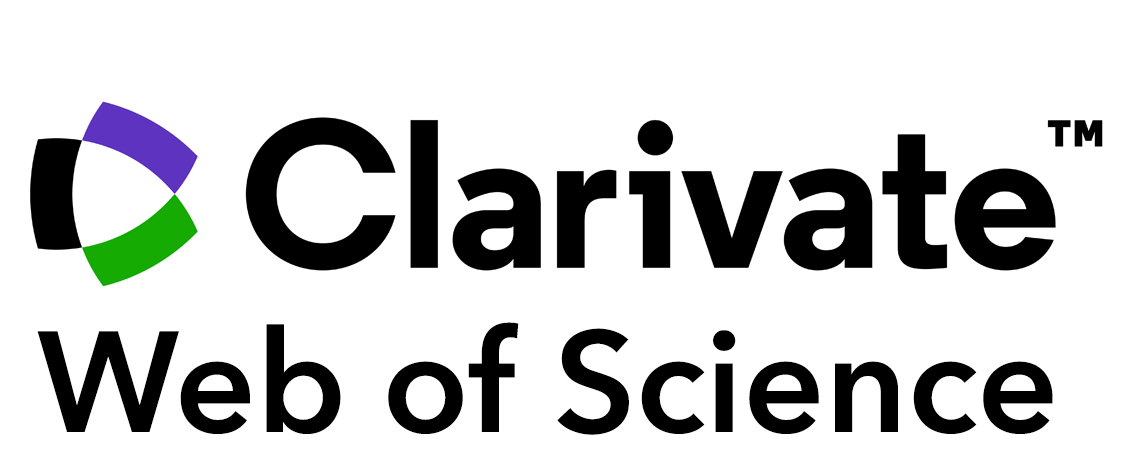Chasing the Ghost: An Autoethnography of Scarcity, Fandom, and Value-Making in the Hunt for Labubu
DOI:
https://doi.org/10.62177/chst.v2i3.487Keywords:
Autoethnography, Consumer Ritual, Affective Labor, Hype Culture, Cultural Value, Art ToysAbstract
The global rise of the "blind box" art toy phenomenon, led by brands like Pop Mart, has sparked intense consumer frenzies. This autoethnography offers a close analysis of one such craze: the hunt for the highly sought-after Labubu V3 collectible in Kuala Lumpur. The study explores how a mass-produced object gains extraordinary cultural and economic value through collective consumer practices, moving beyond corporate marketing to frame value as socially co-produced. Drawing on several weeks of immersive fieldwork, the researcher’s personal journey—from curious consumer to committed “hunter”—serves as the core analytical lens. Findings reveal that value emerges through three mechanisms: 1) the formation of insider knowledge systems to navigate scarcity; 2) the performance of affective labor, where emotional and temporal investments generate the object's “aura”; and 3) the ritualization of the restock event, which sacralizes the object and fosters intense, temporary community. The study concludes that the Labubu craze is not just consumption but cultural production. It contributes to cultural and consumer studies by showing how the “aura” of mass-produced goods is re-enchanted through embodied practices and emotional labor, asserting that what consumers feel is central to value-creation in contemporary hype culture.
Downloads
References
Adams, T. E., Jones, S. L. H., & Ellis, C. (2015). Autoethnography: Understanding qualitative research. Oxford University Press. https://books.google.com.my/books?id=ygV_BAAAQBAJ
Appadurai, A. (Ed.). (1986). The Social Life of Things: Commodities in Cultural Perspective. Cambridge University Press; Cambridge Core. https://doi.org/10.1017/CBO9780511819582
Baudrillard, J., Lovitt, C. R., & Klopsch, D. (1976). Toward a Critique of the Political Economy of the Sign. SubStance, 5(15), 111. https://doi.org/10.2307/3684064
Benjamin, W. (2018). The work of art in the age of mechanical reproduction. A Museum Studies Approach to Heritage. https://doi.org/10.4324/9781315303673-16
Bourdieu, P. (2018). The forms of capital. The Sociology of Economic Life, 78–92.
Butler, J. (2005). Gender trouble: Feminism and the subversion of identity. Political Theory, 4(4), 4–24.
Certeau, M. de. (2005). The practice of everyday life: “Making do”: Uses and tactics. In Practing history: New Directions in Historical Writing after the Linguistic Turn (pp. 213–223). Routledge.
Durkheim, E. (2016). The Elementary Forms of Religious Life. In Social Theory Re-Wired (2nd ed., p. 16). Routledge.
Ellis, C. (2004). The Ethnographic I: A Methodological Novel about Autoethnography. Bloomsbury Academic. https://books.google.com.my/books?id=gw0bhi3AlDAC
Geertz, C. (2017). The Interpretation of Cultures (3rd ed.). Basic Books.
Glaser, B., & Strauss, A. (2017). Discovery of Grounded Theory: Strategies for Qualitative Research (1st ed.). Routledge.
Hardt, M., & Negri, A. (2001). Empire. Harvard University Press. https://doi.org/10.4159/9780674038325
Hochschild, A. R. (2007). The managed heart: Commercialization of human feeling (20. anniversary ed., [Nachdr.], with a new afterword). University of California Press.
Jenkins, H. (2006). Fans, Bloggers, and Gamers: Exploring Participatory Culture. New York University Press. https://doi.org/10.18574/nyu/9780814743690.001.0001
Przybylski, A. K., Murayama, K., DeHaan, C. R., & Gladwell, V. (2013). Motivational, emotional, and behavioral correlates of fear of missing out. Computers in Human Behavior, 29(4), 1841–1848. https://doi.org/10.1016/j.chb.2013.02.014
Rook, D. W. (1985). The Ritual Dimension of Consumer Behavior. Journal of Consumer Research, 12(3), 251. https://doi.org/10.1086/208514
Downloads
How to Cite
Issue
Section
License
Copyright (c) 2025 Long Su, Xiaochen Tao

This work is licensed under a Creative Commons Attribution-NonCommercial 4.0 International License.
DATE
Accepted: 2025-07-08
Published: 2025-07-14

















